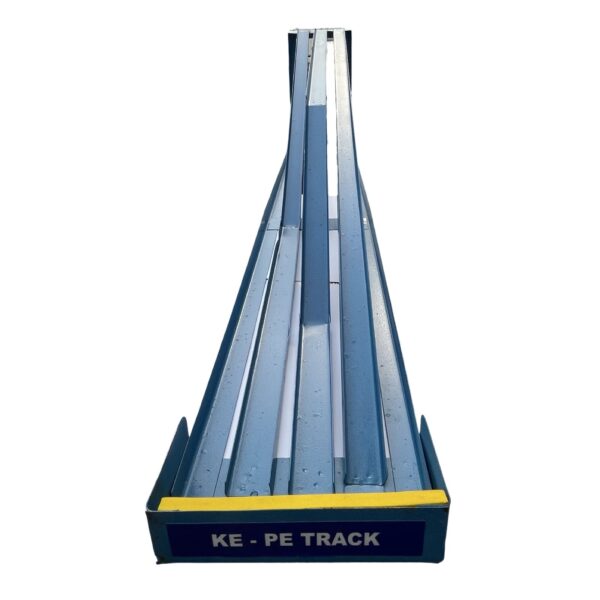- Pick up from the Samtech Store in Ambala
To pick up today
Free
- Courier delivery
Our courier will deliver to the specified address
4-5 Days
200+





₹2,000 Original price was: ₹2,000.₹1,000Current price is: ₹1,000. (Exc. GST)
To pick up today
Free
Our courier will deliver to the specified address
4-5 Days
200+
In physics, KE PE Track helps in understanding the concept of “KE PE Track” refers to the relationship between kinetic energy (KE) and potential energy (PE) in the context of energy transformation and conservation. Kinetic energy is the energy an object possesses due to its motion, while potential energy is the stored energy based on an object’s position or configuration. Understanding how these two forms of energy interact is crucial to many physical phenomena, from the simple motion of a ball rolling down a hill to the more complex systems found in mechanics and thermodynamics.
As an object moves, there’s often a transfer between kinetic and potential energy. For example, consider a roller coaster: as the coaster climbs to the top of a hill, it slows down and its kinetic energy decreases while its potential energy increases due to its height. Conversely, as it descends, the potential energy decreases while kinetic energy increases as it speeds up. This interplay illustrates the principle of conservation of energy, which states that in a closed system, the total energy remains constant, though it may change forms between kinetic and potential energy.
To analyze such energy transformations effectively, we use the concept of a “track,” which represents the path taken by an object as it moves between different energy states. By mapping out the KE and PE at various points along this track, students can predict the behavior of the object and understand how energy flows within the system. This visualization helps clarify the conservation of mechanical energy and emphasizes the dynamic nature of energy as it shifts from one form to another throughout the motion.
In stock
In stock
In stock
In stock
In stock
No account yet?
Create an Account
SAMTECH INSTRUMENTS
Typically replies within minutes
Any questions related to KE PE Track?
🟢 Online | Privacy policy
WhatsApp us

